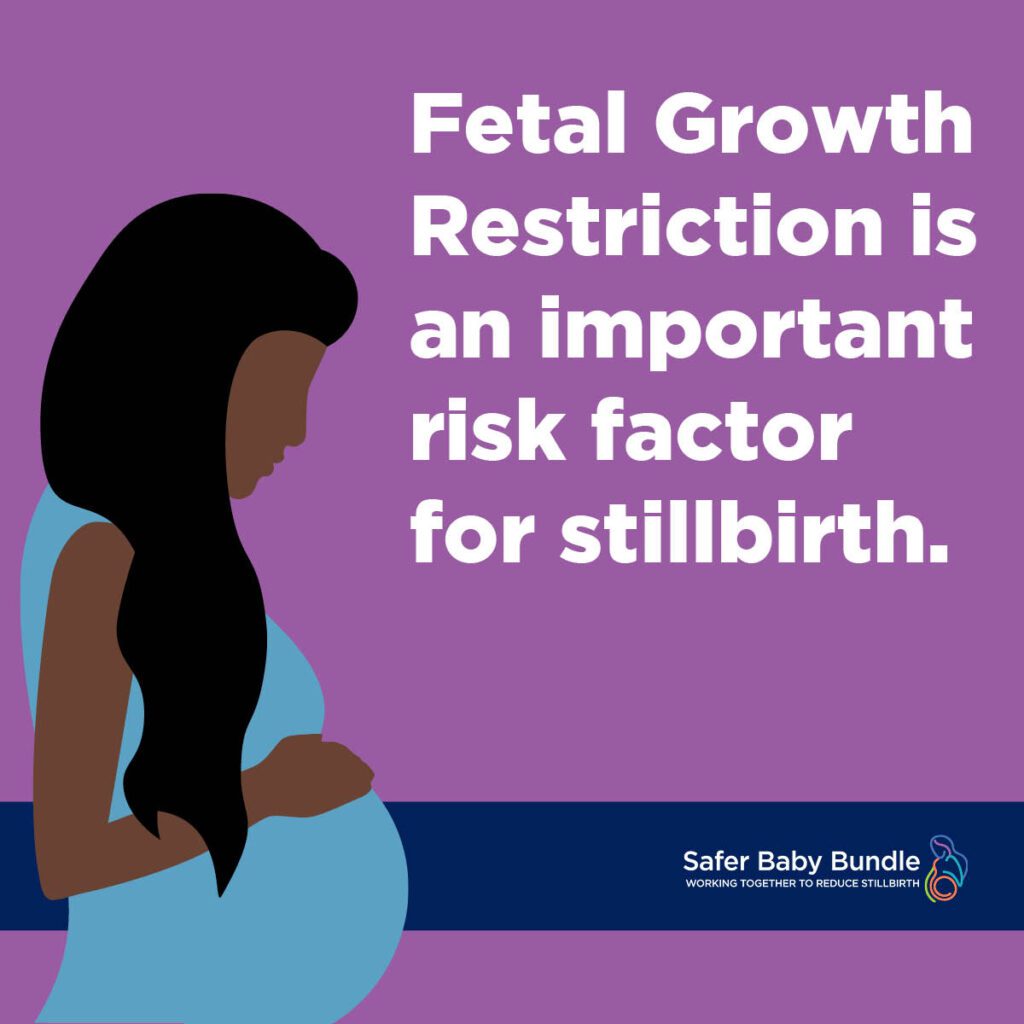
All pregnancies are different. Regardless of your size, what's most important is a healthy rate of growth for your baby.
The Safer Baby program recommends you attend al your pregnancy care appointments to assess, measure and monitor your baby's growth to reduce your risk of stillbirth.
All pregnancies are different. Regardless of your size, what's most important is a healthy rate of growth for your baby.
Fetal Growth Restriction (FGR) is when a baby is growing slower than expected and indicates that the baby is not reaching it's growth potential.
All women should be assessed for their risk of FGR in early pregnancy. Starting from 24 weeks the growth of your baby will be measured. Your maternity healthcare professional will use a measuring tape to measure the size of your abdomen. This is called the symphysial fundal height (SFH). This measurement should be plotted on a growth chart and will be noted in your pregnancy record. For some women it may be necessary to monitor the growth of your baby by ultrasound.
If a baby is growing slower than expected your maternity healthcare professional should investigate the cause. Often this is related to how the placenta is working but it is important to note that sometimes a cause cannot be found.
Every women is different and every pregnancy is unique. Your maternity healthcare professional will be tracking your baby's growth at every antenatal visit and will talk with you about next steps if there are signs that your baby's growth has slowed.
It's important to come to each antenatal visit to have your baby's growth checked. Additionally, every baby has their own unique pattern of movements, which you will get to know. If your baby's movements pattern changes, it may be a sign they are unwell.
If you have questions about your baby's growth you should discuss this with your maternity healthcare professional or Aboriginal Health Practitioner.